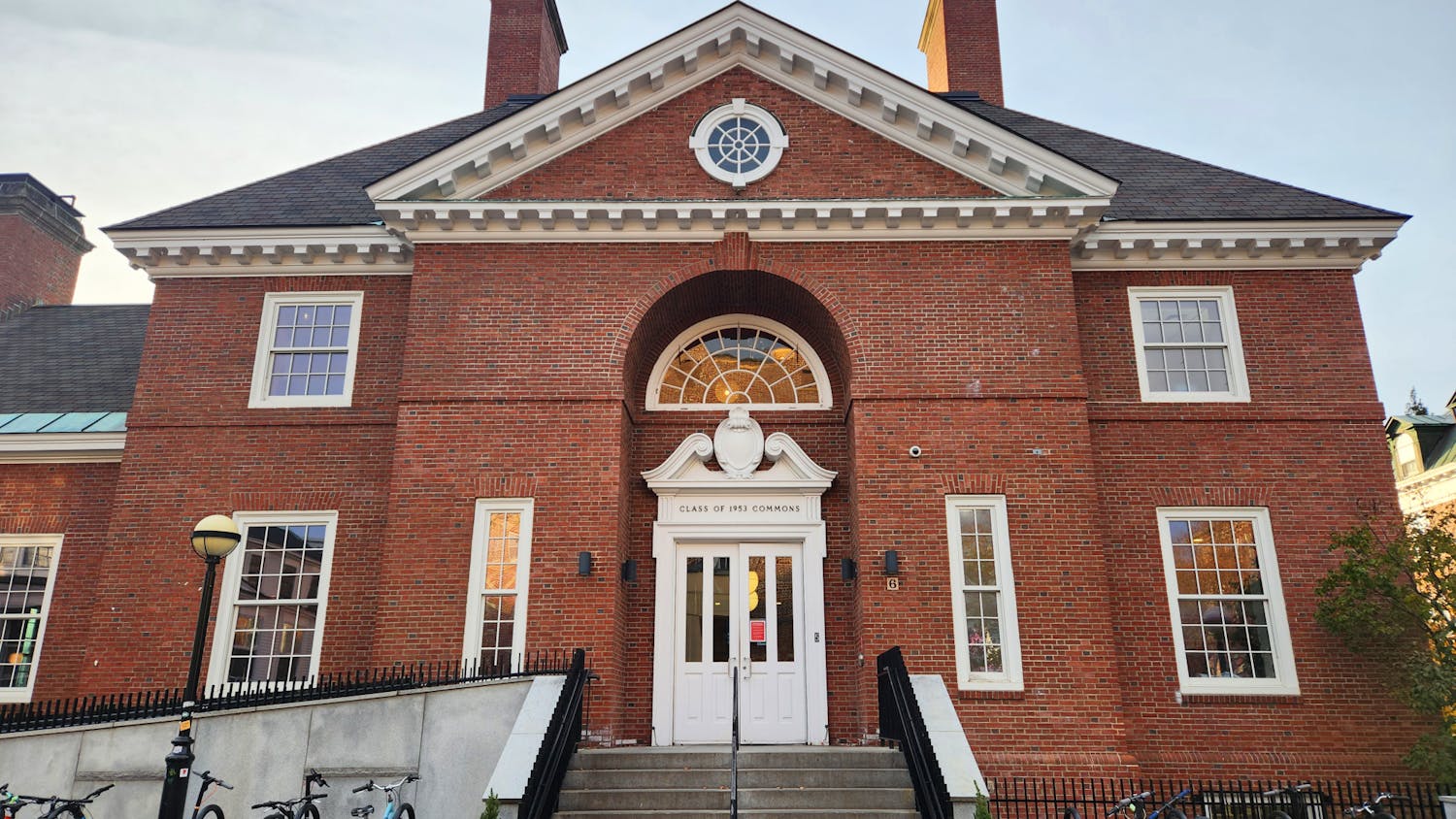If you need a couple reasons to be excited for the future of baseball (and, trust me, there are plenty of them), consider the shortstop position.
For most of the game’s history, the prototypical shortstop was agile and undersized. Professional teams wanted a slick-fielding captain of the infield and understood that this desired level of fielding would come at the cost of hitting. If a shortstop was an offensive threat, he or she was more than likely a singles hitter who stole bases and bunted well — almost certainly not as a power hitter. A shortstop could be great solely on the basis of defense. If you don’t believe me, take a look at Ozzie Smith’s career numbers. I feel confident in saying that his well-deserved Hall of Fame status is not a reflection of his lifetime .262 batting average or 28 home runs over the course of a career that spanned 18 seasons. Of course, there have been exceptions — Ernie Banks and Cal Ripken Jr. just to name two — but the vision of the light-hitting, smooth-fielding shortstop emerged as part of baseball’s conventional wisdom.
Much of that conventional wisdom has unraveled in recent decades. Old-school statistics like ERA and batting average have been deemphasized after a deeper analysis into the game revealed their logical flaws. However, the logic of the defensive-minded shortstop still makes sense. Most hitters are right-handed and tend to pull the ball. Good pitchers typically try to get hitters to hit the ball on the ground. Therefore, the shortstop’s location makes him an obvious candidate for a heavy defensive workload. Often, a shortstop will field more balls than any other player on a team.
In other words, relying on a defensive-minded shortstop still makes baseball sense. So if the shortstop position has changed in recent years, it wasn’t driven by a change in baseball thinking. Instead, it was an increase in what is possible for one player.
2017’s major leaguer is far more athletic than 1987’s, and for the first time in baseball’s history, a shortstop can now be athletic and nimble enough to handle the defensive demands of the position while being strong enough to be an impact bat at the heart of a manager’s lineup card. The aforementioned Smith played at 5 feet 11 inches and 150 pounds. Carlos Correa, a leader among today’s young class of exceptional shortstops, is 6 feet 4 inches and 215 pounds. For much of baseball history, Correa would have been disqualified from playing shortstop based solely on his size.
As an analog, consider the receiver position in the National Football League. For much of the league’s history, conventional wisdom dictated that to be quick enough to be a successful receiver, you could only be so large. In today’s NFL, this is no longer true. The league is dominated by players like Julio Jones, A.J. Green and Mike Evans, all of whom likely would have been placed at defensive end by their high school coaches if they had grown up, say, 15 years earlier than they did. But the athleticism necessary to be a great receiver now comes in bigger packages. The same is true of shortstops.
Today, the best shortstops in the game are just as excellent at defense as they’ve always been. They are extremely young, and bucking the conventional wisdom, they are also impact players at the plate. Among the top shortstops in the game today, in no particular order, are 23-year-olds Francisco Lindor and Addison Russell and 22-year-olds Corey Seager and Correa.
Despite being as tall as Smith and 40 pounds heavier, Lindor is the smallest of the foursome, just as tall as Smith but 40 pounds heavier. He is also the best of the bunch defensively, boasting outstanding range and a strong arm. Russell, hitting in the heart of the lineup for one of the best teams in recent history, played outstanding defense, belted 21 home runs and added 95 RBIs. Seager ran away with the National League Rookie of the Year in 2016, finished third in the NL MVP race, and while he would never be confused for Lindor or even Russell defensively, was an above-average shortstop for the Los Angeles Dodgers. Correa launched 20 home runs himself, and his imposing size has been no impediment to his defense thus far.
The scary part is that all four are still getting better. Each will develop with more time playing against the game’s top competition. Both Lindor and Russell will reap the rewards of their lengthy exposure to postseason baseball.
Beyond their potential to be perennial All-Stars, these four represent a new era in professional baseball. A shortstop, once an offensive afterthought, must now be a key contributor to the batting order to be considered great.
The age of the offensive shortstop has not come out of nowhere. Shortstops like Alex Rodriguez, Derek Jeter and Nomar Garciapara dominated the late 1990s and early 2000s offensively and defensively. But these three did not start the same kind of sustained revolution because the position had nothing approaching today’s depth of talent.
Behind Lindor, Russell, Correa and Seager are the Boston Red Sox’s Xander Bogaerts, the Atlanta Braves’ Dansby Swanson and the New York Yankees’ Gleyber Torres, still in the organization’s farm system. All three fit the same mold, and given the depth currently at the position, it is safe to assume that the expectations for shortstops will never be the same as they were 30 years ago. An excellent shortstop is now a heart-of-the-lineup slugger and Gold Glove-caliber defender, a profound shift in the trajectory of professional baseball.
Most of the names synonymous with baseball excellence come from the outfield. Hanks Aaron. Willie Mays. Ted Williams. Ty Cobb. Even a more recent star like Barry Bonds. While there are plenty of great, young outfielders around the major leagues, outfielders no longer have an exclusive hold on baseball’s elite class. It’s time for the rangy, power-hitting outfielder to move over. Baseball has a new premier position.



